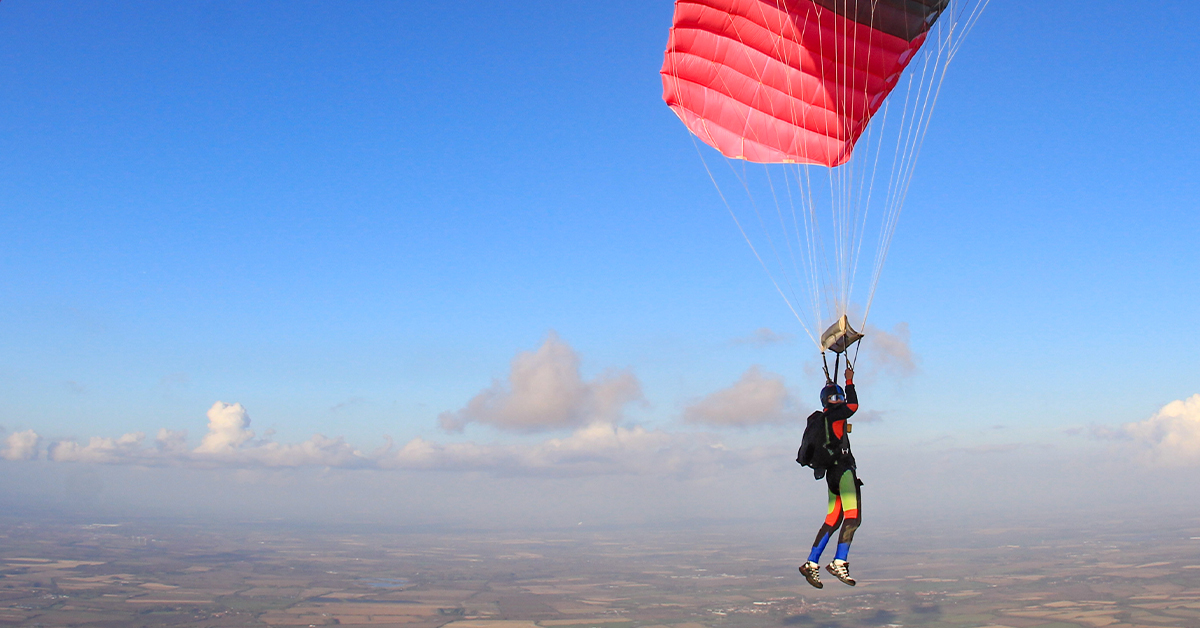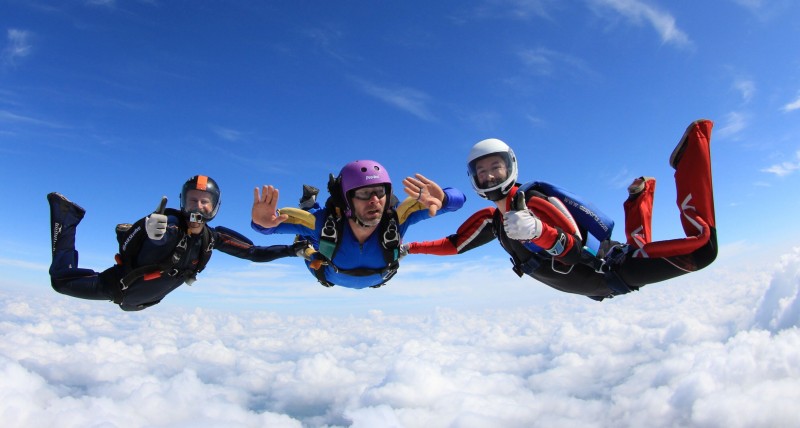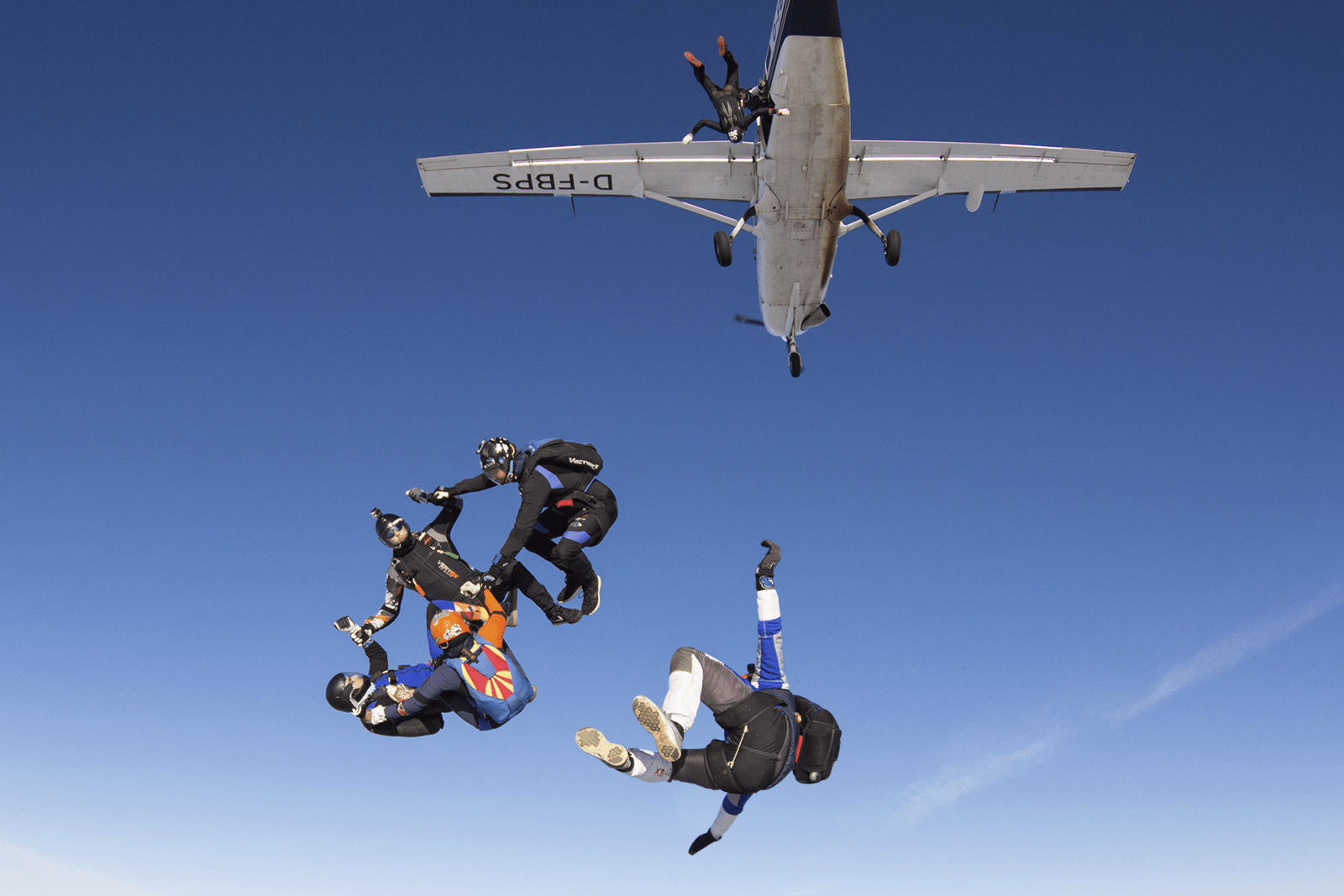…Or just land with style – and confidence
By Rich Madeley
So, you’ve decided to take your canopy skills to the next level. Excellent choice! Whether you’re looking to smooth out rocky landings, iron the zig-zags out of chaotic patterns, or even dive into high-performance swooping, canopy coaching is the game-changer guaranteed to get you there.
Tap the brakes, though – before you book that session and show up for day one, you’d be well advised to prepare properly. To understand what that prep looks like, we talked to Rich Madeley, PD Athlete Momentum instructor and all-around bro, about what you need to know in order to make the most of your investment in time and hard-earned cash.
1. Check the creds
Not all canopy coaches are created equal. Here in the UK, for example, we have the distinct qualifications of Canopy Handling Coach and Canopy Piloting Coach, each of which is a distinct field in and of itself and designed to meet students at different skill levels and with different goals. Ensure the coach you choose holds the appropriate certification for what you want to learn. If you’re unsure, ask about their qualifications and experience. Any reputable coach will be happy to share this information.
2. Stalk them a little
A great coach isn’t just qualified, they’re also active in the discipline. Dig around online to confirm that the coach you’re interested in working with is regularly flying and/or competing in the discipline that you’ll be paying them to coach. Pay attention to what canopies they fly, and their general level of involvement in the sport outside of the classroom context.
Why? Because coaches who stay current are more likely to get you to the destination you’re trying to reach. They’ll be more likely to bring fresh techniques and insights to their instruction.
“It’s very easy for people to fall into just being a coach,” Rich warns. “A coach who’s only really coaching, and never pushing themself, runs the risk of becoming stagnant in their capabilities and passing that stale knowledge onward.”
3. Crystal-clarify your own goals
Before showing up for your first session, have a clear idea of what you want to achieve. Are you aiming for safer landings? Better accuracy? Getting your chops together to start an adventure into high-performance, competitive swooping? Impressing potential dates who won’t look at you if you’re not swanning at high speed down the beer line?
Be very clear in telling the coach where you want to be, because a good coach will teach you based on the information that you share. A good coach will tailor their teaching to align with your aspirations, whether it’s competition-level swooping or simply feeling more confident under canopy.
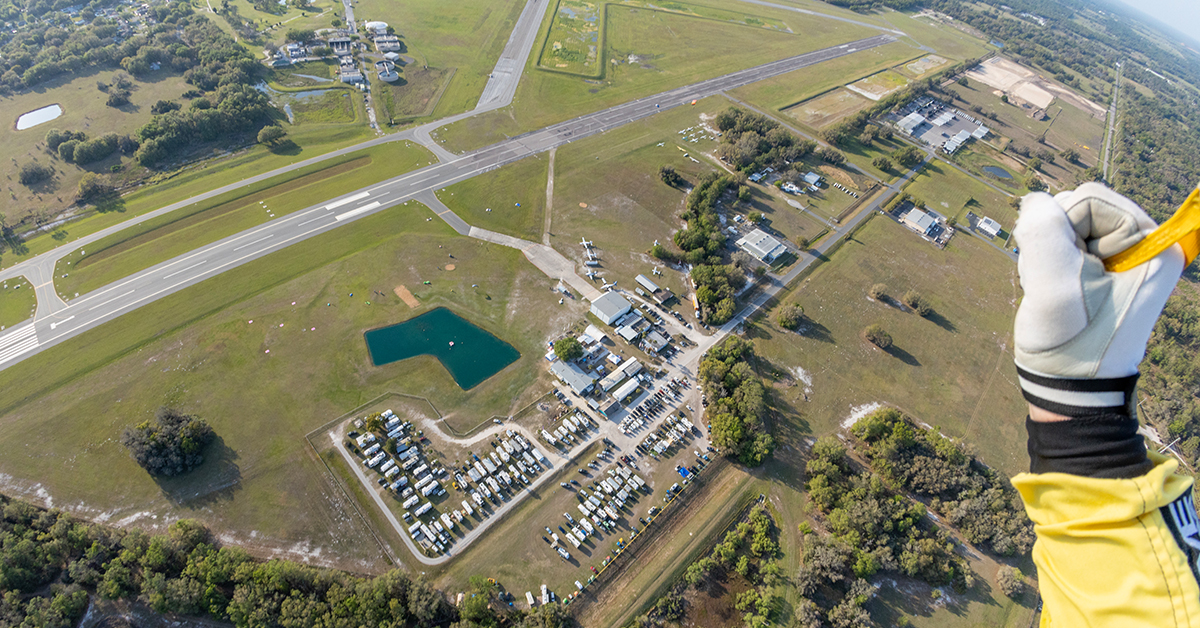
4. Be ready to start from scratch
This sounds much easier than it is, unfortunately. Even if you think you’re an experienced canopy pilot, you’ll need to be prepared for your coach to strip things back to basics. Don’t mistake your coach’s approach as a bid to undermine your skills; they’re just helping you to build a solid foundation before progressing you into the danger zone. Approach each session with humility and trust the process.
“Start at the ground floor,” implores Rich. “And remember that the ground floor is wherever you are right now. It’s not about where you think you should be.”
Be warned: you will probably need to revisit techniques you thought you’d mastered.
5. Pick the format that fits
Decide whether it’s one-on-one coaching or a structured course that suits your learning style (and goals). Coaching is highly personalised and goal-oriented, while courses often follow a set syllabus, and are great for crystallising foundational learning in small groups. For instance, if you’re aiming for a British Skydiving B or C license, a course is likely the best way forward.
With that said, make sure you factor in the way you prefer to learn. “If a student isn’t bothered about really detailed fine-tuning – which is what you need to do to compete – and just wants to get generally better under canopy, that person might be better suited to a course,” Rich muses. “Doing 1:1 coaching helps get into the specifics much more in-depth, but not everyone needs, or wants, that.”
Exploring different styles will make you a more versatile, highly competent pilot
6. Prepare the logistical details
Don’t be caught out by the small-but-vital stuff. Ensure that your canopy is compatible with the training you’ll be doing (e.g. size, type), and that you’re compliant with the specific set-ups that your chosen coach requires for your safety.
Another word to the wise: If your coach sends you pre-reads or pre-work, don’t wait to open that message until the morning of day one.
7. Keep what you paid for
Canopy skills aren’t mastered overnight. To lock in what you’ve learned and avoid slipping back into bad habits, continue seeking coaching – not only from the coach that knows you best, but also from different people and coaching companies over time. Each iteration brings unique perspectives that can further enrich your skills.
Also: don’t limit yourself to just one type of canopy coaching. Sure, you may have done a bunch of hop-and-pop swoop coaching, laser-focused on the turn and the landing, but if you turn towards flocking you’ll suddenly have to pay a high percentage of attention to your body position, to the wind, to the different types of inputs, and the severity of those inputs. Exploring different styles will make you a more versatile, highly competent pilot, while keeping your training exciting.
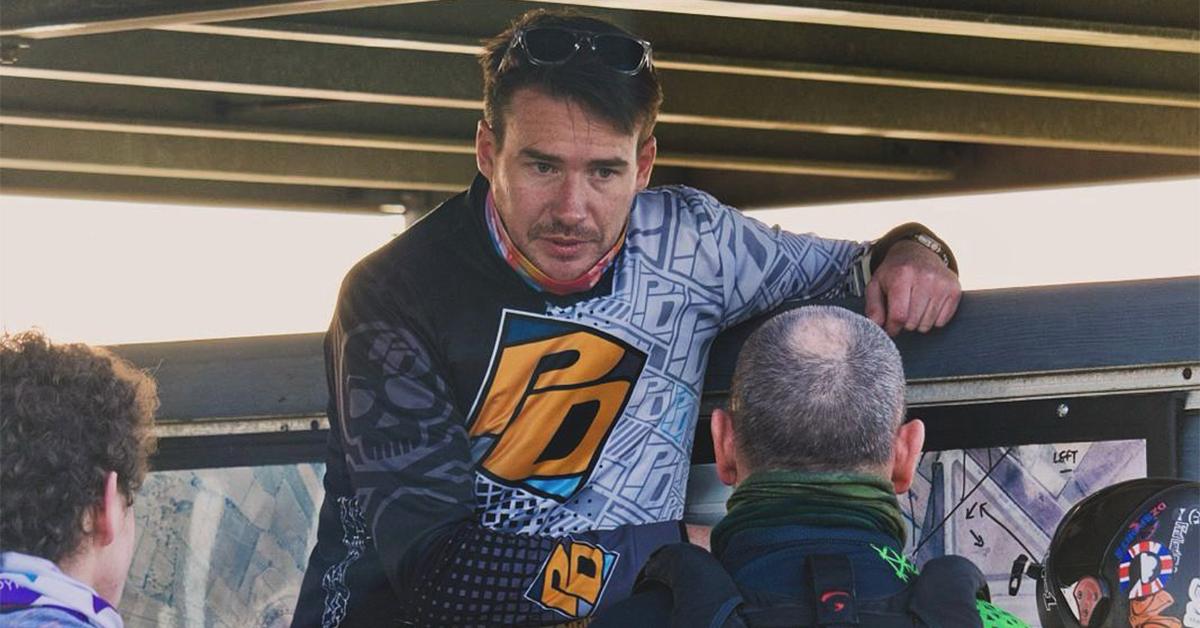
Final thoughts
Canopy coaching is an investment in both your safety and enjoyment of skydiving. By doing some homework on your coach, setting clear goals, and approaching the process with humility and curiosity, you’ll set yourself up for success – and, y’know, fun – under canopy.
“It’s never too early to start getting coaching,” adds Rich. “You can always start on something: whether it be working on your landing pattern, dialling in your landing itself, turns, swoops, set-up, understanding the weather. Even if you yourself are a coach, it’s never ever a bad idea to get coaching from different experts. Always continue your learning.”
To get in touch with Rich Madeley, especially regarding regular (and highly recommended) flocking events, reach out to him at Momentum Flight.

